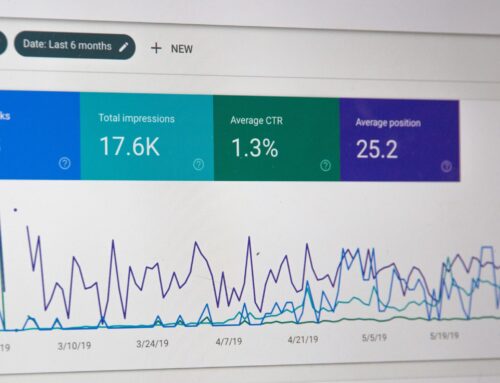 Time and money are two of the most important aspects to any business. So, it’s no surprise that we’re always looking for ways to save on both. Today, organizations are making use of Rapid eLearning to do just that. While there are some different interpretations of its exact definition, most agree that rapid eLearning is content that can:
Time and money are two of the most important aspects to any business. So, it’s no surprise that we’re always looking for ways to save on both. Today, organizations are making use of Rapid eLearning to do just that. While there are some different interpretations of its exact definition, most agree that rapid eLearning is content that can:
– Be created in 3 weeks or less
– Provide simple feedback
– Be presented in modules of an hour or less
What Are Its Benefits?
It’s Quicker
A study by atd shows that it takes around 42 hours to create 1 hour of simple eLearning material that provides the learner with information. Additionally, they found it takes 71 hours to create 1 hour of material where the learner offers basic responses to cues. This shows that even seemingly simple training material is still very time consuming to produce.
Rapid eLearning makes use of templates to provide quick turnarounds on this type of content. Some of the most popular templates are ready-made programs that just need to be filled in with content. For example, you might have a template for a leaderboard that ranks your employee’s scores on different subjects. Having one template that can be edited to fit a variety of contexts will save you a load of time.
 It’s Easier to Retain
It’s Easier to Retain
Rapid eLearning is often easier to retain. It uses some of the major benefits of microlearning to help train learners in the best way possible, such as giving lessons in chunks and keeping it timely. Because of this, the content is goal-driven and relevant, so it’s much easier to understand the concepts that are being taught. This sort of just-in-time information tends to leave longer-lasting impressions because learners can easily apply what they’re being taught.
It’s Cheaper
The more time workers spend creating training materials, the less time they’re spending doing other tasks. Increasing the efficiency of designers by using quicker methods can significantly reduce L&D costs. Money can also be saved on the learner’s end. If learners find it easier to retain information, it can save money in the long run, as they don’t have to relearn the material at a later point to make it stick.
It’s More Flexible
When content can be made from templates, rather than from scratch every single time, it’s easy to make small changes or updates whenever necessary. For example: if your company hired seasonal contractors, it would be much easier to update training content bit by bit when needed, rather than redeveloping new material each time. This format allows you to keep specific quality content for as long as you like, while also allowing you to make the necessary changes that your training needs.
Is Rapid eLearning Right for Your Course?
While there are clearly some great benefits to adding rapid eLearning to your arsenal, don’t rush in without considering if it’s a good fit for your content. This type of learning shouldn’t be your go-to when designing all types of material, especially courses that may require more guidance, direct feedback, or will be used long term. Rapid eLearning is at its best when designed for quickfire training. This type of training is more likely to be an intro to new software, rather than a new hire’s onboarding instructions.
Although there’s no clear threshold on when you should use rapid eLearning or not, use your best judgment. You should be able to decide whether a topic is too complex to be covered through quickfire training
The Takeaway
The fast-paced nature of the modern workplace means we’re always looking to maximize efficiency where we can. Labor and L&D are usually expensive, and employees want to feel their time is valued. Rapid eLearning provides us with a great way to quickly provide content for training that is simple, seasonal or constantly changing. While it’s not suited for all types of learning, the time and money saved should hopefully free up room to do even better on your more complicated material.




